Outsourced vs In-House Delivery Drivers: What’s the Difference?
Ryan Miller
February 18, 2025
.webp)
Outsourced vs in house delivery drivers. Which is better? That’s a big question for many businesses. You’ve already got enough to handle, so why would you take on the extra responsibility of managing in-house drivers? On the flip side, is outsourcing really the easier, more cost-effective option? Or is it just going to add more complications to your plate? In this guide, we’ll break it all down. We’ll look at the pros and cons of outsourced deliveries vs. in-house delivery. Let’s get started!
What is in-house delivery?
In-house delivery means your business hires and manages its own delivery drivers. These drivers are part of your team, just like your other staff. They work directly for you, use vehicles you own or lease, and follow schedules and routes you set up.
To run in-house delivery, your business needs to invest in several key areas:
- Vehicles: You’ll need to buy or lease cars, vans, or trucks that fit your delivery needs. You’ll also be responsible for maintenance, fuel costs, repairs, and insurance.
- Drivers: Hiring means recruiting, training, and managing employees, as well as handling payroll, resignations, benefits, and scheduling.
- Technology: Route planning tools and software to help and manage drivers.
- Compliance – Be ready to manage licenses, permits, and any safety regulations tied to transportation and deliveries.
Pros of in-house delivery
Here are some advantages of having in-house delivery drivers:
Full operational control
When you hire your drivers, your business calls all the shots regarding deliveries. Businesses can control what vehicles to own, operating times, and specific procedures for handling goods.
Consistent branding
With in-house delivery, vehicles can double as mobile advertisements. Large businesses can outfit them in uniforms that reflect their brand to add a professional touch and create a cohesive brand identity.
In-house delivery allows you to train your drivers to meet your expectations. You can train your team to reflect your company’s values and standards.
Long-term cost efficiency for high-volume businesses
While in-house delivery requires a significant upfront investment, it can become cost-efficient over time for high-volume businesses. The more deliveries you handle, the lower the cost per trip.
Still, managing it all—drivers, vehicles, and schedules—takes time and effort. For some, the savings are worth it. For others, the hassle just isn’t. It depends on your business and what you’re willing to take on.
Cons of in-house delivery
Here are some downsides of having an in-house fleet:
High upfront investments
For many businesses, the initial cost of setting up in-house delivery infrastructure can be a dealbreaker. A full-size pickup truck, for example, costs over $60,000 on average in the U.S. And that’s just the start. Here’s a look at other common expenses:
- Insurance: $1,500 to $5,000 per vehicle annually for commercial coverage.
- Maintenance and repairs: $2,000 to $5,000 per vehicle yearly, depending on usage.
- Fuel costs: Varies, but could run $500 to $1,500 per month per vehicle.
- Driver salaries: $40,000 to $60,000 per year per driver, plus benefits.
- Training programs: Around $500 to $1,000 per driver for initial training, plus ongoing costs.
- Technology: Route planning, tracking, and management software.
Additional employee management
In-house delivery adds another layer of responsibility, namely hiring and managing drivers. Companies already have plenty to manage with their existing employees in other departments. Adding a delivery team means even more to handle; not every business is ready for that.
Businesses will need to recruit, train, and retain drivers. They must make sure they have enough drivers on hand to cover shifts and handle peak times (which is often not possible). Payroll and benefits for these employees also require attention. If you operate in multiple locations, the complexity only increases.
Limited scalability during peak seasons
Peak seasons can put a lot of pressure on in-house delivery operations. Businesses can’t just buy extra vehicles or hire temporary drivers—it’s costly and not always practical. At the same time, they fear losing sales and disappointing customers.
This is where Curri can help with order fulfillment. Curri is a delivery logistics platform that offers on-demand delivery services for businesses of all sizes. Simply tell Curri what needs to be delivered and where, and we will match you with a driver who can get the job done. Everything is tracked in real-time and insured.
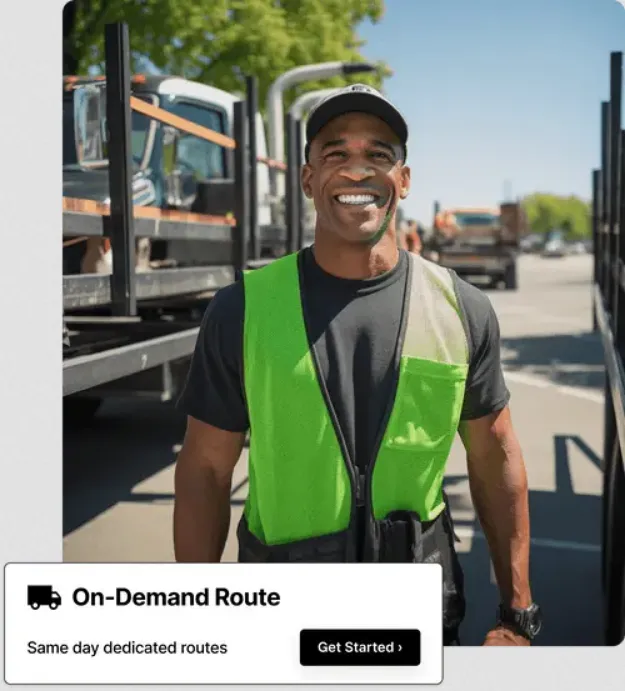
Risk of downtime
A driver calling out sick or taking time off can leave you short-handed. If a truck is in the shop for maintenance or breaks down unexpectedly, it could also mean missed deliveries and bad customer experience.
Compliance burdens
Drivers need valid licenses, and in some cases, specific certifications depending on what’s being delivered (like hazardous materials). Vehicles must be insured and regularly inspected to meet safety standards.
Businesses may be responsible for adhering to local, state, and federal transportation laws. They may also need to maintain detailed vehicle maintenance logs, driver hours, and delivery activities.
What is an outsourced delivery service?
An outsourced delivery service is when a business hires a third-party company to handle its deliveries. Instead of managing your own drivers and vehicles, you partner with a logistics service to get your goods where they need to go.
Outsourcing delivery gives businesses access to a network of professional drivers and vehicles. From the customer’s perspective, the delivery process is seamless.
When you have a delivery request, you simply provide the details—what needs to be delivered, where it’s going, and when it needs to arrive. The outsourced company assigns a driver, selects the right vehicle for the job, and handles the rest. Services like Curri offer real-time tracking for last-mile delivery, so you and your customer know exactly when to expect the delivery.
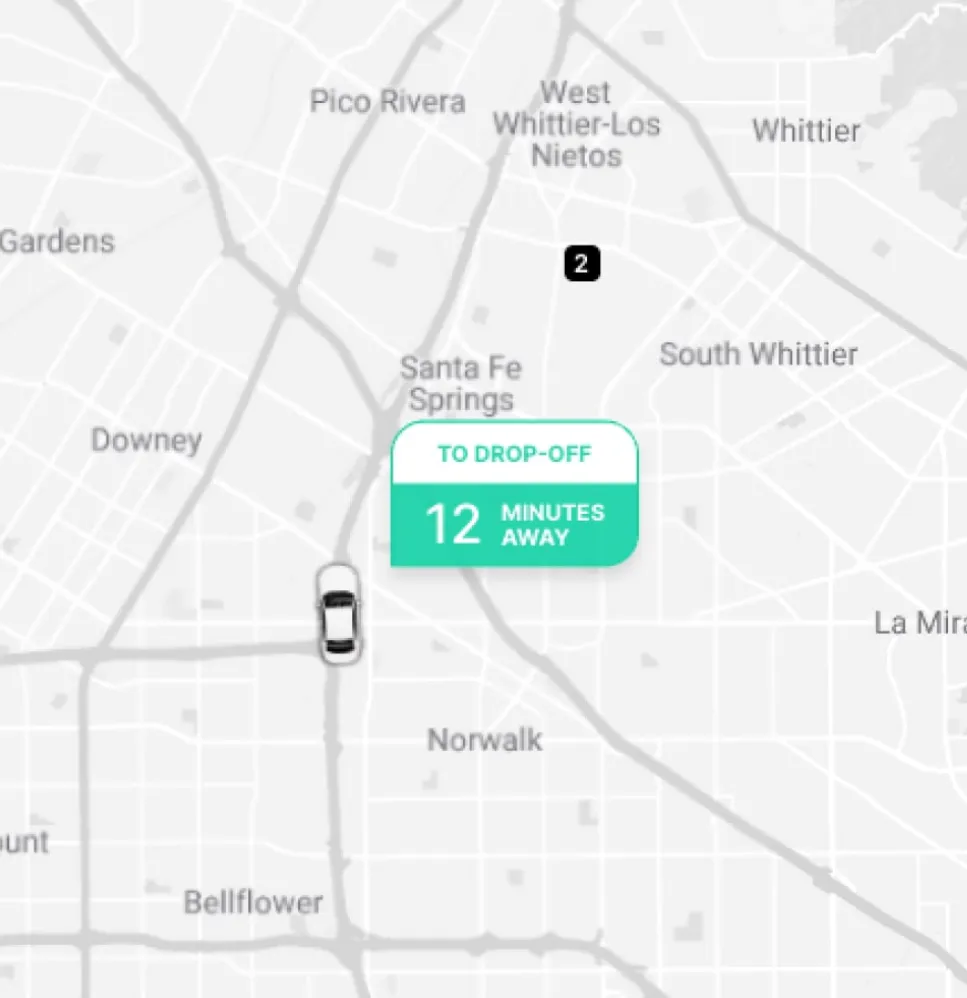
Pros of outsourced delivery service
Outsourcing deliveries is beneficial in supply chain management. Here are some of the benefits:
Cost predictability
Delivery platforms like Curri show you exactly how much each delivery will cost before you book it. This makes it easier to manage budgets and avoid unexpected expenses. There’s no need for massive upfront investments or feasibility studies like with in-house delivery.

Expertise in logistics
Most businesses aren’t logistics experts. They specialize in their products or services.
Outsourced delivery services bring this expertise to the table. These companies are built for efficiency, with tools, fleet and processes designed to handle deliveries smoothly. They know how to minimize delays and make sure packages arrive safely.
Instant scalability
When your delivery needs spike, outsourced delivery services are ready to step in and handle it all. Unlike in-house deliveries, outsourcing lets you scale up as much as you need without sweat.
Curri’s Hotshot Delivery Service makes it simple to manage urgent or high-volume deliveries. All you need to do is input your pickup and drop-off locations, choose the type of vehicle you need, and provide a few details about the delivery. From there, Curri assigns an expert Hotshot driver to do the job quickly and reliably.
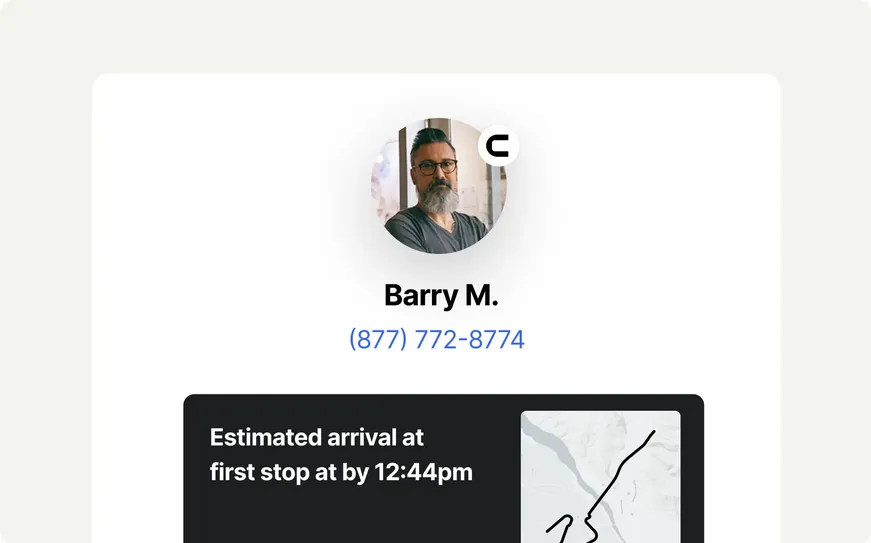
Reduced administrative overhead
Managing in-house delivery requires handling schedules, payroll, compliance, training, and many other responsibilities. That’s a lot of time and effort being pulled away from your core business operations. Having in-house delivery drivers can also lead to wasted funds as drivers may not be regularly needed.
With outsourced delivery, you do not have to worry about any of this. The service provider handles driver management, vehicle maintenance, insurance, and compliance.
Reduced liability
When outsourcing delivery, you pass many risks and liabilities onto the delivery service provider, including:
- Vehicle Accidents: Provider handles damages and legal costs through their insurance.
- Injuries: Driver injuries are their responsibility, not yours.
- Cargo Damage or Loss: Insurance and protocols cover damaged or lost goods.
- Regulatory Compliance: They manage regulatory requirements, avoiding fines or legal trouble.
Key differences between outsourced vs in-house delivery
In-house and outsourced delivery services differ in cost, flexibility, control, and responsibility. Let’s break down one of the most significant aspects: cost.
Cost comparisons
The cost structure for in-house delivery and outsourced delivery is very different. In-house delivery requires a significant upfront investment. You’ll need to buy or lease vehicles, pay for insurance, and cover maintenance costs.
On the other hand, outsourced delivery eliminates the hefty upfront costs. You pay only for what you use. While the per-delivery cost might seem higher on the surface, it often balances out when you consider the savings on vehicle ownership, driver management, and compliance.
Sustainability considerations
When it comes to sustainability, outsourced delivery tends to have the edge over in-house delivery. Logistics platforms maximize vehicle use by pooling deliveries, ensuring fewer trips with fuller loads.
In addition, they rely on advanced route planning to reduce fuel consumption and emissions. Many providers are also moving toward eco-friendly fleets with electric or hybrid vehicles, which makes a big difference in reducing environmental impact.
In contrast, in-house delivery often uses idle vehicles between trips, leading to wasted resources and higher emissions per delivery. It’s hard to match the efficiency of a logistics provider built to optimize operations at scale.
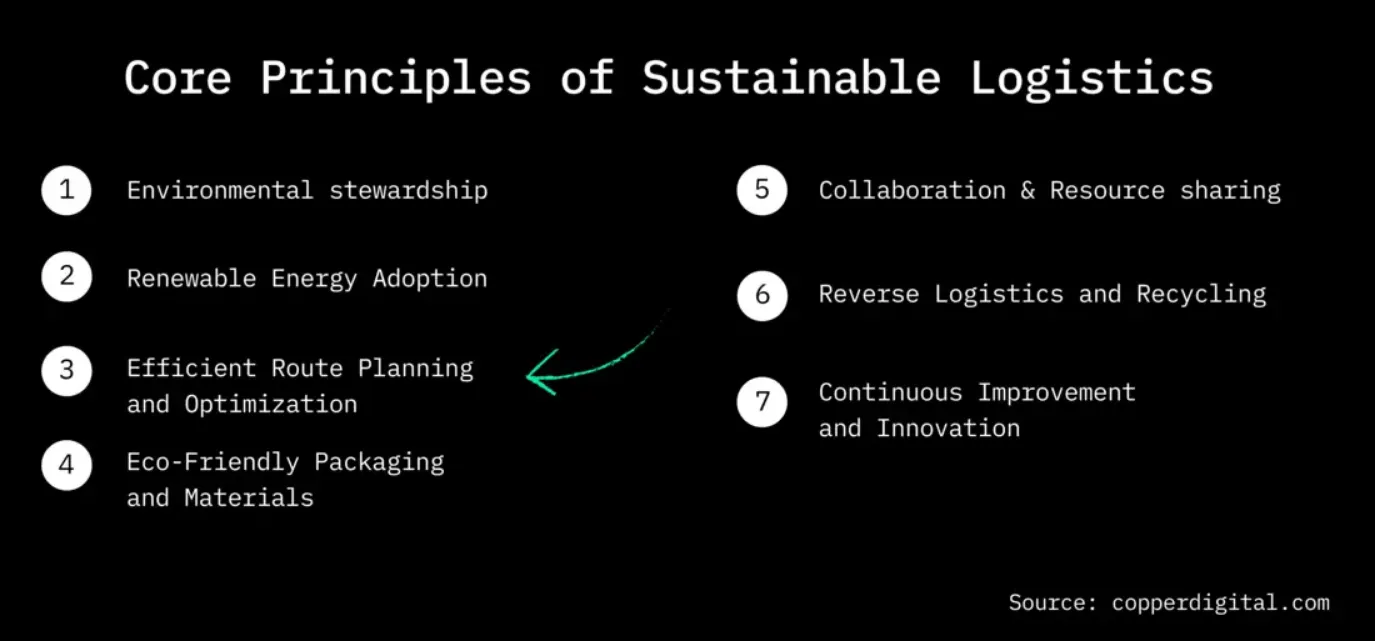
Technology
Outsourced delivery services have a clear advantage in terms of technology and efficiency. Companies like Curri use advanced logistics tools for route optimization, real-time tracking, and automated scheduling.
In-house delivery, on the other hand, often relies on basic systems or manual processes, especially for smaller businesses. Even then, the scale and expertise of outsourced providers are hard to match.
In-house delivery vs. outsourcing: which one is better?
Now that we’ve gone over the details of in-house delivery and outsourcing, it’s time to figure out which option is better for shipping order fulfillment.
In-house delivery is better if:
- Your delivery volume is consistently high.
- Branding is a top priority for your business.
- Long-term cost savings outweigh upfront investments for you.
Outsourced delivery is better if:
- You want to avoid the hassle of managing drivers and vehicles.
- Flexibility is important, especially during peak seasons.
- Your business prefers predictable, pay-as-you-go costs.
- You need access to advanced logistics and tracking technology.
- Reducing liability and compliance burdens is a priority.
How Curri’s on-demand services help with hybrid model
We understand that choosing between in-house delivery and outsourcing can feel overwhelming. That’s why Curri offers a hybrid solution that gives you the best of both worlds.
With Curri Dedicated Trucking, you get all the benefits of an in-house fleet without the hassle of owning and managing vehicles or drivers.
Curri provides a dedicated vehicle that stays on your lot overnight. Your team loads it up, and the assigned driver arrives at a set time each day, ready to hit the road.
It’s as close as it gets to having your own fleet without the upfront investment or ongoing maintenance costs. You get consistent, reliable deliveries that feel like they’re run in-house, but without the administrative headache.
What if you need to handle unexpected surges or additional deliveries? That’s where Hotshot Delivery comes in.
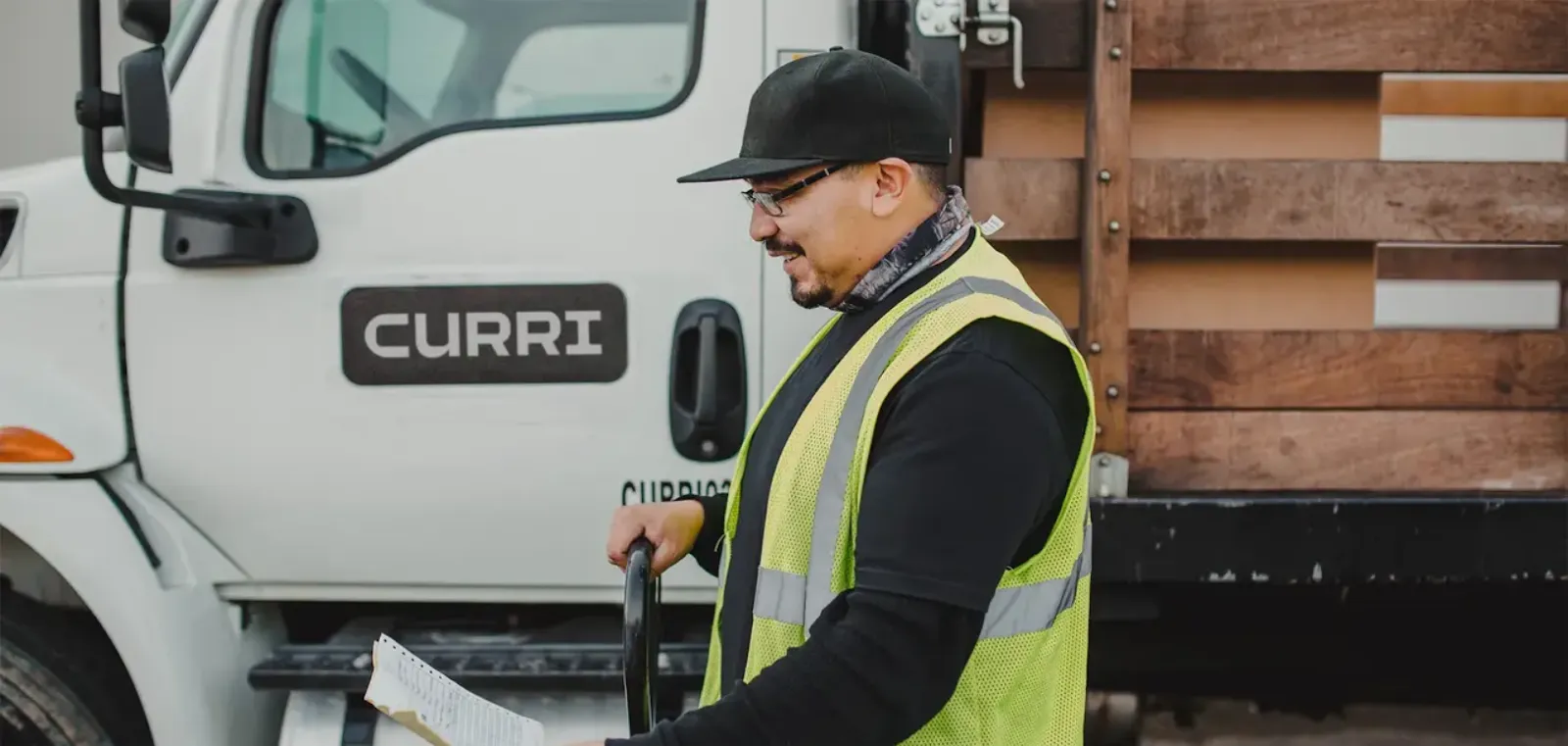
Conclusion
Until now, it was not possible to balance the benefits of in-house delivery vs outsourcing. Businesses had to choose between control and flexibility or efficiency and cost-effectiveness. But thanks to Curri, you no longer have to make that trade-off.
Curri’s Dedicated Trucking combines the reliability of an in-house fleet with the ease and scalability of outsourcing. With services like Hotshot Delivery to handle extra demand, Curri ensures your logistics stay smooth, no matter what.
Get a route quote for Curri Dedicated Trucking today or request a demo to see how our services can fit your business.
Frequently Asked Questions
What is 3PL and how does it work?
3PL (Third-Party Logistics) refers to outsourcing your logistics operations, including warehousing, shipping, and delivery, to a specialized company.
How does last-mile delivery impact customer satisfaction?
Last-mile delivery is the final step in the delivery process, where goods reach the customer’s door. It significantly impacts customer satisfaction because delays, missed delivery windows, or damaged items directly affect the customer’s experience.
Is outsourcing last-mile delivery cost-effective?
Outsourcing last-mile delivery can be cost-effective, especially for businesses with fluctuating demand. It eliminates the need for owning and maintaining a fleet, reduces administrative overhead, and offers pay-as-you-go pricing.










-min-min-min.png)
.png)

.jpeg)
-min.jpeg)


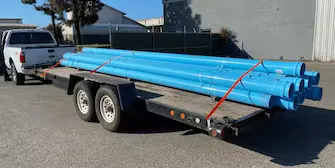
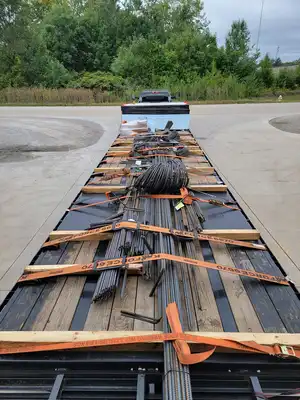


-min.webp)
.webp)



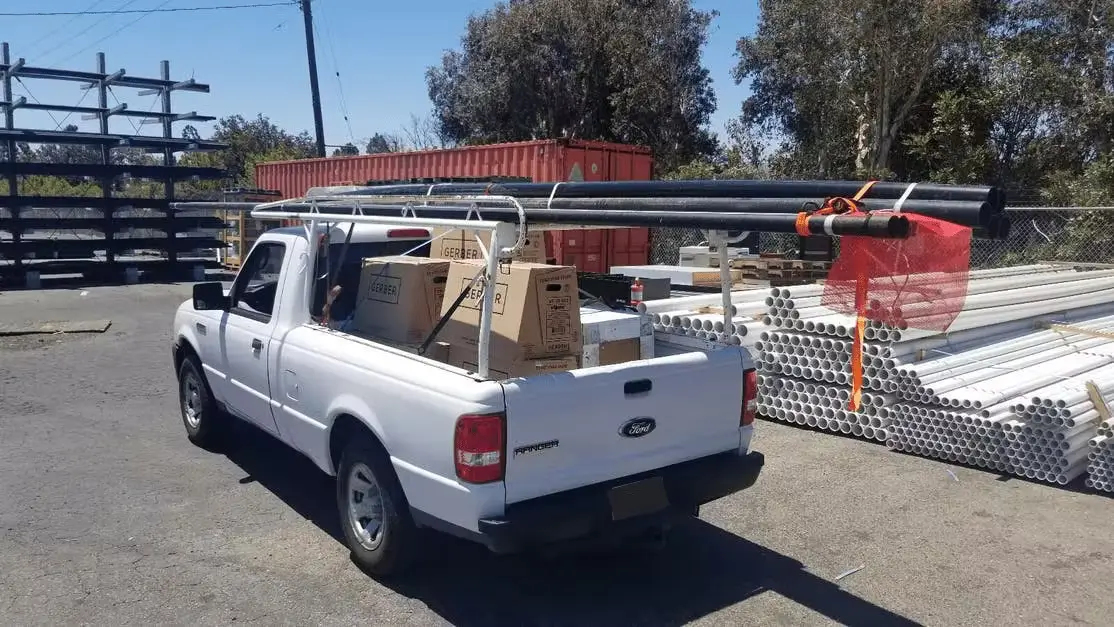

.webp)

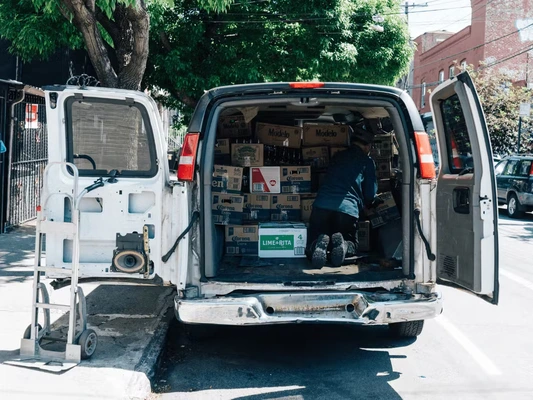


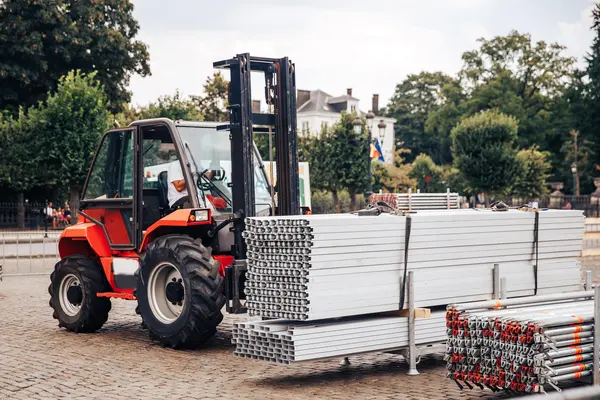
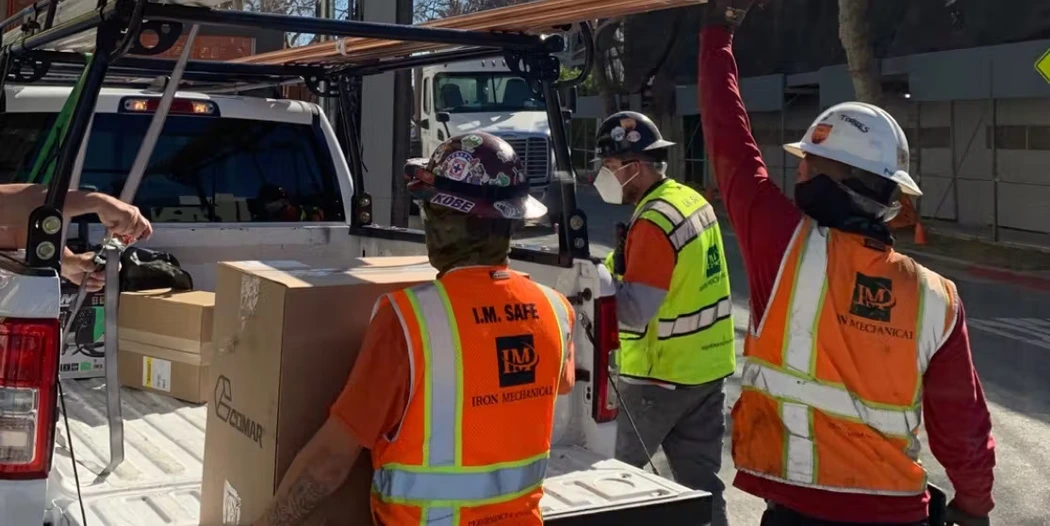






-min.webp)


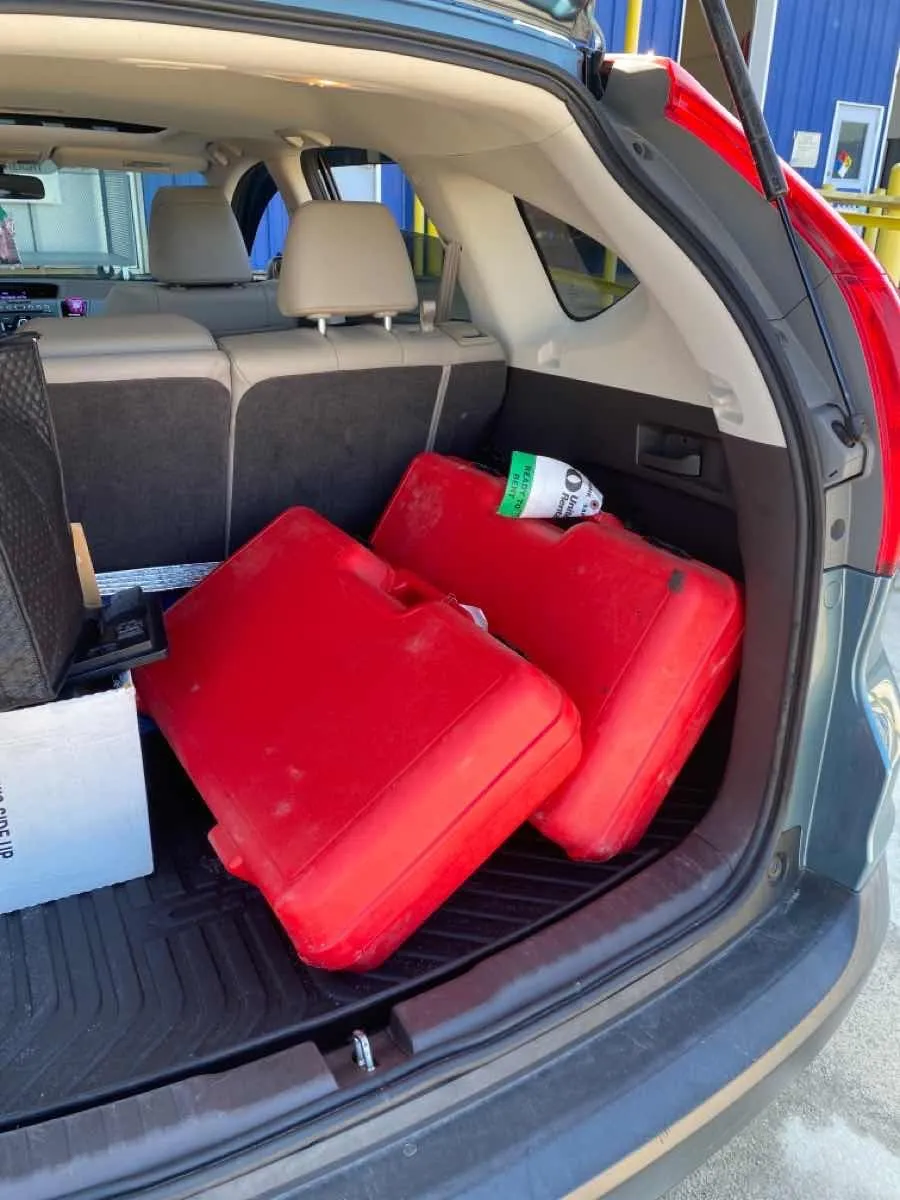
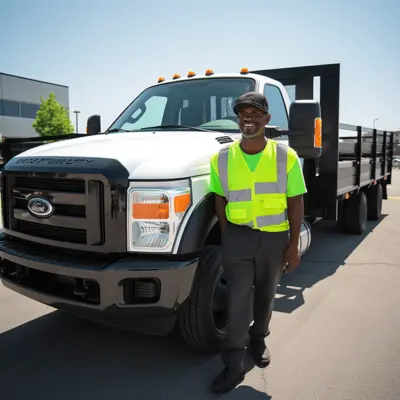
-min%2520(1).webp)



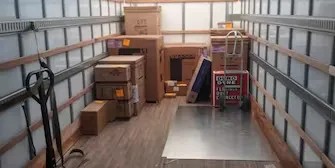

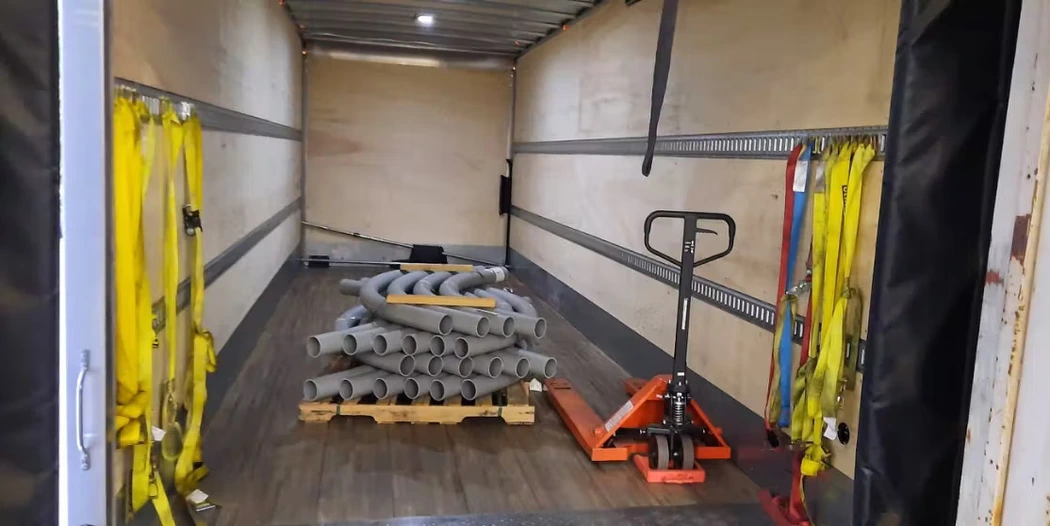
.webp)
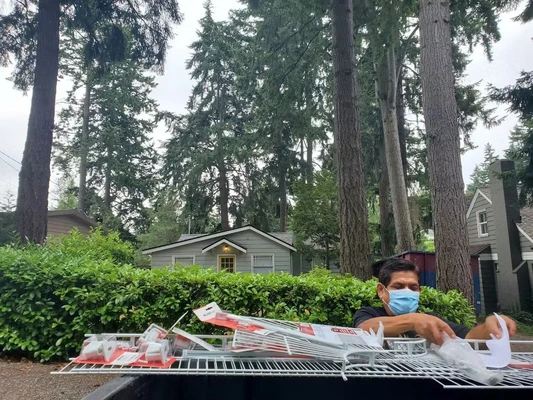



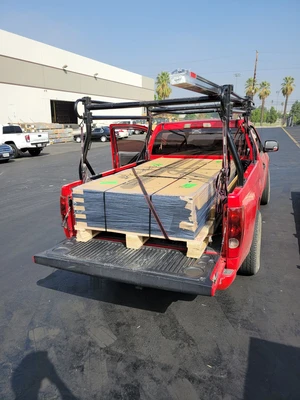
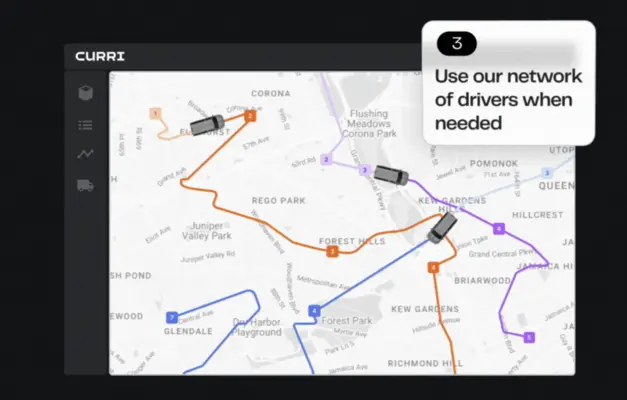


-min.webp)





.webp)
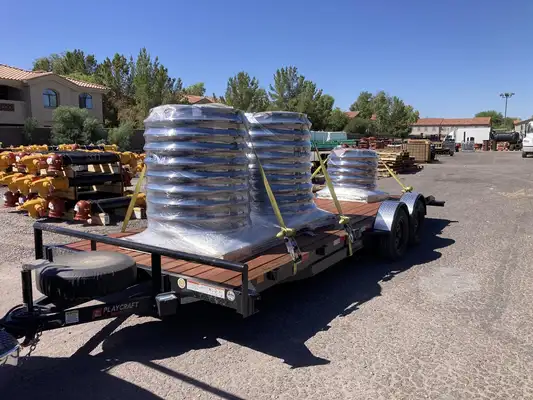
.webp)


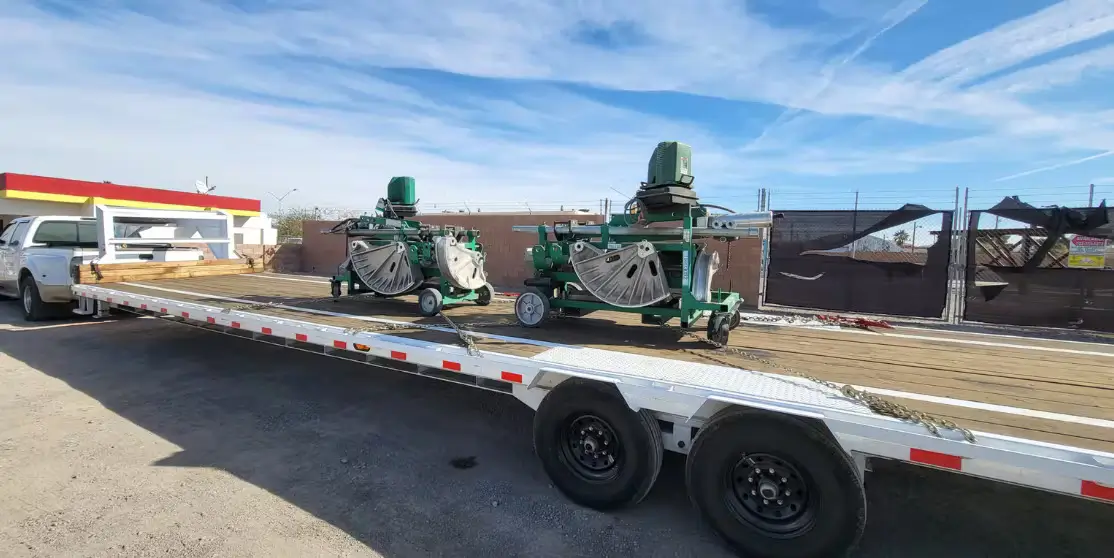
-min.webp)



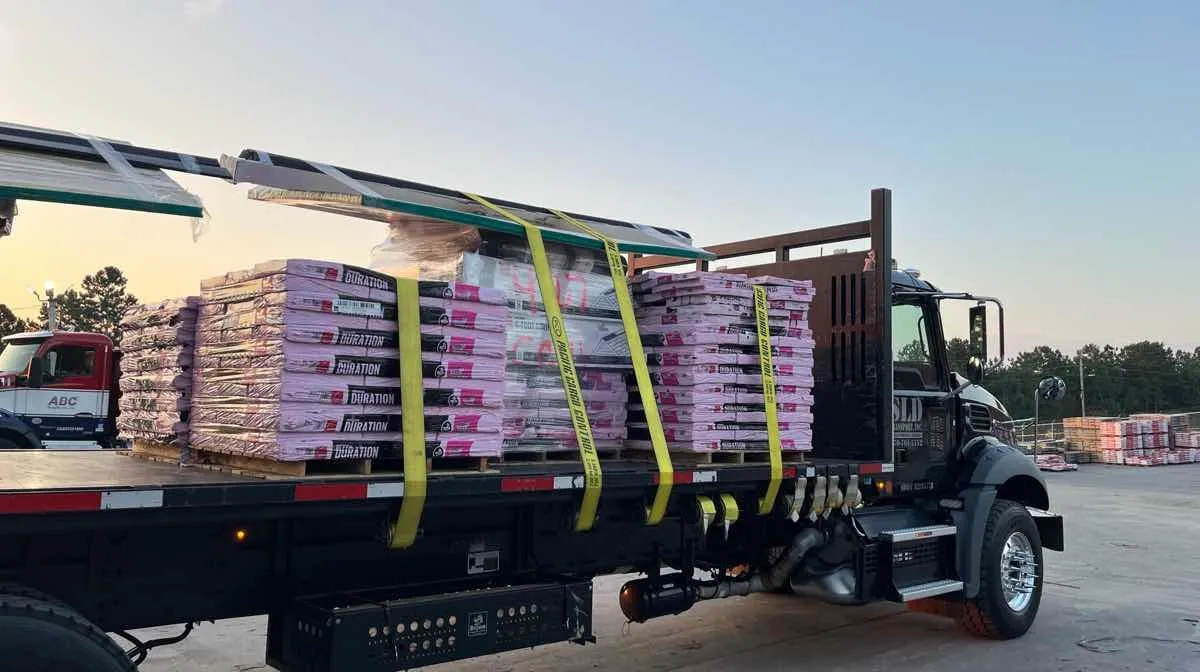
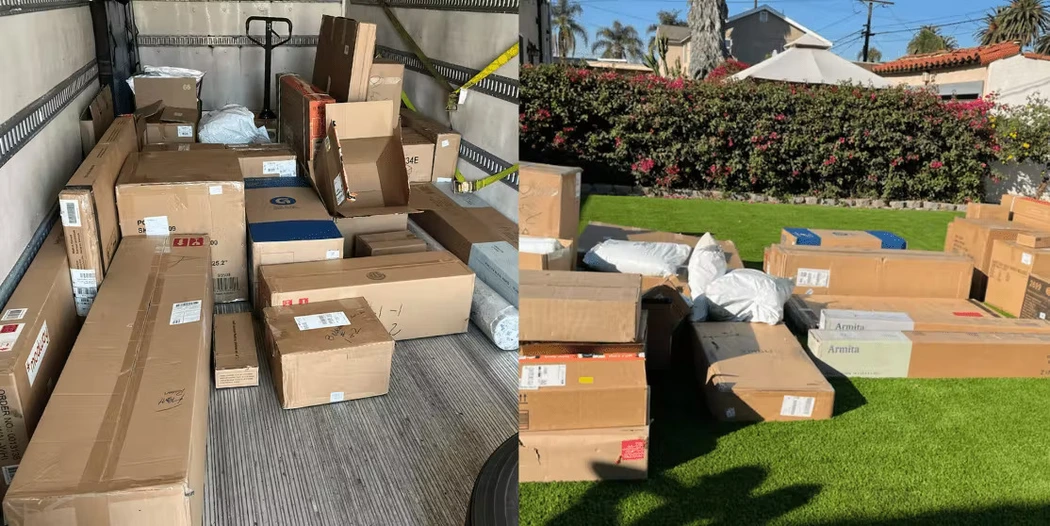
-min.webp)

.webp)
-min.webp)



.webp)

.webp)
.webp)
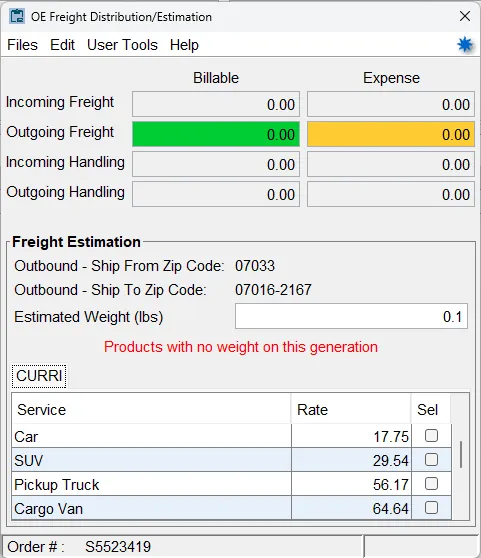
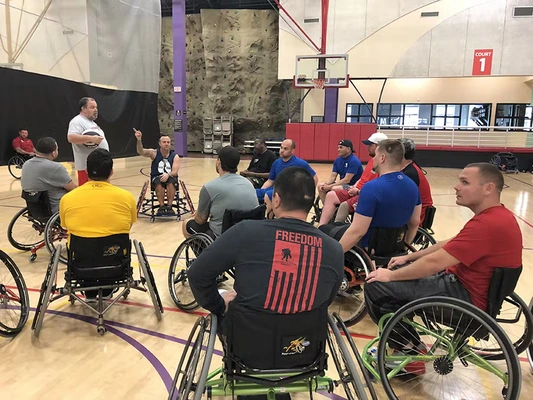
.webp)




-min.webp)

.webp)
.webp)
-min.webp)